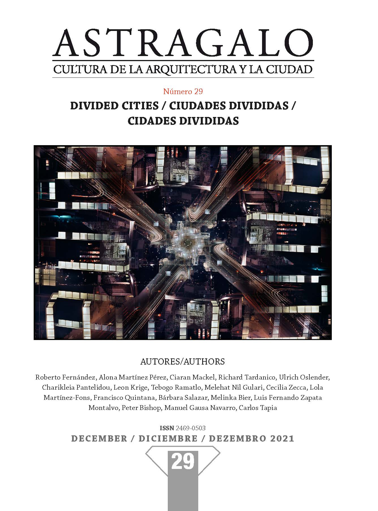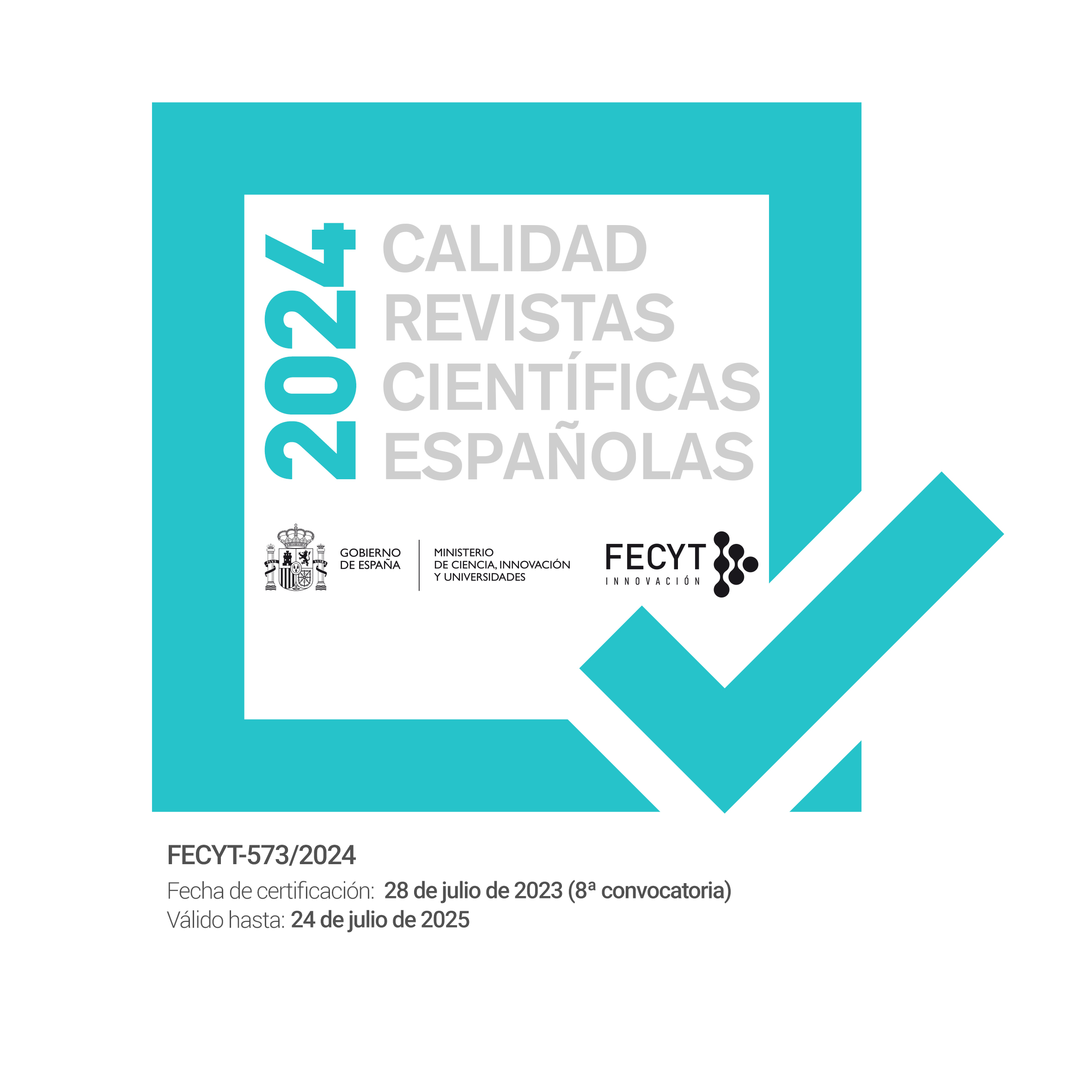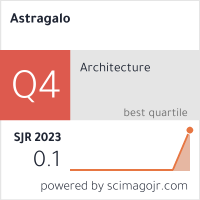Dividing a City
Real Estate Mega-Speculation and Contention in Miami, Florida
DOI:
https://doi.org/10.12795/astragalo.2021.i29.05Keywords:
gentrification, Miami, displacement, dispossession, mega speculation, corporate real estate hegemonyAbstract
Miami is not a newcomer to the history of gentrification that has reshaped the urban fabric in cities all over the world. Yet a new mega project to be implemented in Miami’s Little Haiti neighborhood represents a strategic capitalist modification of the city’s previous processes of class-based and racialized socio-territorial dispossession and displacement. As we argue in this paper, Little Haiti’s Magic City Innovation District stands emblematic for a global boom in financialized urban corporate accumulation, which presents new challenges to local communities. We ask, what practical political options does a predominantly poor minority community have in confronting such challenges? Our discussion of Miami’s Little Haiti suggests two conclusions: first, that real estate mega speculation potentially exacerbates politico-social divisions within such a community, subverts its capacity for resistance, and renders it more vulnerable to large-scale dispossession and displacement; and second, that mega speculation exacerbates socio-territorial divisions and inequalities within the fabric of a wider metropolis.
Downloads
Metrics
References
Bandell, Brian. 2018. “1.4B development plan unveiled for Magic City Innovation District.” South Florida Business Journal, 12 January.
Bastien, Marleine. 2019. “Don’t let Magic City destroy Little Haiti.” Miami Herald, 27 February.
Bastien, Marleine. and David. Winker. 2020. “Opinion: Yes, gentrification can be good—or it can be bad.” Miami Herald, 2 March.
Bojnansky, Erik. 1994. “Names matter.” Biscayne Times, January.
Bojnansky, Erik. 2015. “The passing of a neighborhood—at Magic City Trailer Park, all that’s left to do is to save the trees.” Biscayne Times, 1 April.
Bojnansky, Erik. 2020. “Money and family.” Biscayne Times (digital edition), 5 June.
Buteau, Philippe Henold. 2021. “Little Haiti Revitalization Trust receives $3 million.” Miami Times, 3 March.
CM (City of Miami) (n.d.) “Magic City [Mobile Homes] Park.” Designation Report, Historic and Environmental Preservation Board. http://www.ourgreenmiami.com/pdfs/magic%20city.pdf
CM (City of Miami) (n.d.) “Miami’s zoning history” http://www.miami21.org/miami_zoning_history.asp
CM (City of Miami) 2018-2019. City Commission meetings (15 Nov. 2018; 28 Feb. 2019; 28 March 2019; 27 June 2019) (video and text available)
http://miamifl.iqm2.com/Citizens/Calendar.aspx?From=1/1/2018&To=12/31/2018
http://miamifl.iqm2.com/Citizens/Calendar.aspx?From=1/1/2019&To=12/31/2019
Connolly, N.D.B. 2014. A World More Concrete: Real Estate and the Remaking of Jim Crow
South Florida. University of Chicago Press, Chicago.
Crespogram. 2019. “Magic City Innovation District Master Page.”: 37, March-May.
https://www.crespogramnews.com/magic-city-master-page.html
Dahlberg, Nancy. 2016. “Magic City, an innovation district coming to Miami.” Miami Herald, 30 November.
Dunn, Marvin. 2016. Black Miami in the twentieth century. University Press of Florida, Gainesville.
Elliott-Cooper, Adam, Phil Hubbard and Loretta Lees. 2020. “Moving beyond Marcuse: Gentrification, displacement and the violence of un-homing”. Progress in Human Geography 44 (3): 492-509.
FANM (Family Action Network Movement) (n.d.) “Community Priorities for Special Area Plans.” Miami, FL.
FIU (Florida International University) 2016. “Miami-Dade County Prosperity Initiatives
Feasibility Study.” Metropolitan Center, Miami, FL.
Flechas, Joey. 2021. “Miami receives $3M from Little Haiti developers who sparked gentrification fears.” Miami Herald, 1 March.
Florida, Richard. and Pedigo, Steven. 2019. “Toward a more inclusive region: Inequality and poverty in greater Miami.” Miami Urban Future Initiative, Florida International University, Miami, FL https://digitalcommons.fiu.edu/mufi-reports/7
Gierczyk, Marta. 2020. “Magic City killjoys: Women organizers, gentrification, and the politics of multiculturalism in Little Haiti.” Anthurium: A Caribbean Studies Journal 16.1 DOI: http://doi.org/10.33596/anth.409
Harvey, David. 2003. The new imperialism. Oxford University Press.
Kasdin, Neisen. 2018. Planning and Zoning Board, Appendix B. City of Miami, 15 November
Le Floridien. 2019. “Concerned Leaders of Little Haiti.” 17 March
MCID (Magic City Innovation District) (n.d.) “Project Overview.”
https://magiccitydistrict.com/project-overview/
MCID (Magic City Innovation District) (n.d) “The District.”
https://magiccitydistrict.com/the-district/
Nijman, Jan. 2011. Miami: Mistress of the Americas. University of Pennsylvania Press, Philadelphia.
Oslender, Ulrich. 2016. The geographies of social movements: Afro-Colombian mobilization and the aquatic space. Duke University Press, Durham, NC.
Patton, Zach. 2016. “The Miami method for zoning: Consistency over chaos.” Governing (archive)
Portes, Alejandro and Stepick, Alex. 1994. City on the edge: The transformation of Miami. University of California Press, Berkeley.
Portes, Alejandro and Armony, Ariel. 2018. The global edge: Miami in the twenty-first century.
University of California Press, Oakland.
Rodríguez, Rene. 2018. “Massive innovation district could change Little Haiti forever. But what would that mean?” Miami Herald, 25 September.
Sandler, Nathaniel. 2016. “Developers, historians, and activists war over the future of Little Haiti.” Miami New Times, 26 July.
Sassen, Saskia. 2015. “Who owns our cities—and why this urban takeover should concern us all.” The Guardian, 24 November.
Smiley, David. 2016. “What’s in a name? Little Haiti’s boundaries now official.” Miami Herald, 26 May.
Smiley, David and Viglucci, Andrés. 2017. “Redesigning Miami, 9 acres at a time.” Miami Herald, 21 January.
TH (Town Halls). 2019. Videos: Magic City-Little Haiti Town Halls, Notre Dame d’Haiti Catholic Church. Crespogram. 29 April, 6 May .
https://www.crespogramnews.com/magic-city-master-page.html
Viglucci, Andrés. and Joey Flechas. 2019. “Public hearing on Little Haiti redevelopment ends in chaos.” Miami Herald, 2 March.
Viglucci, Andrés, Smalls, Isaiah, Wile, Rob and Lopez, Yadira. (2020) “‘A history of broken promises’: Miami remains separate and unequal for Black residents.” Miami Herald, 17 October.
Downloads
Published
Versions
- 2022-02-11 (4)
- 2022-02-04 (3)
- 2022-02-04 (2)
- 2022-02-04 (1)
How to Cite
Issue
Section
License
Copyright (c) 2021 Ulrich Oslender, Richard Tardanico

This work is licensed under a Creative Commons Attribution-NonCommercial-ShareAlike 4.0 International License.
Accepted 2022-01-04
Published 2022-02-11
- Abstract 284
- PDF 113



















